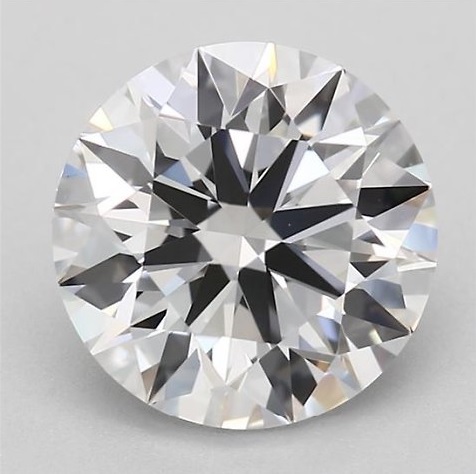
The Future of Laboratory-Grown Diamonds: Market Trends and Industry Outlook
Laboratory-grown diamonds have experienced rapid growth over the past decade, transforming the diamond industry by offering an ethical and cost-effective alternative to natural diamonds. With advances in technology, increasing consumer acceptance, and shifting industry dynamics, lab-grown diamonds are poised to play an even greater role in the future of the jewelry market. But what does the future hold for this evolving sector? Let’s explore key trends, challenges, and opportunities shaping the future of lab-grown diamonds.
The Rise of Laboratory-Grown Diamonds
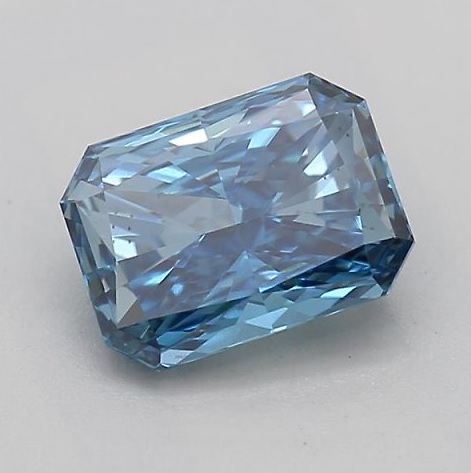
The market for lab-grown diamonds has expanded significantly in recent years, driven by improvements in production techniques such as Chemical Vapor Deposition (CVD) and High-Pressure High-Temperature (HPHT) methods. These technological advancements have enhanced the quality, size, and affordability of synthetic diamonds, making them increasingly appealing to consumers and jewelers alike.
According to industry reports, lab-grown diamonds now account for a growing percentage of global diamond sales, with some estimates suggesting they could reach 10-15% of the market within the next few years. As consumer awareness continues to rise, major retailers and brands have started incorporating lab-grown diamonds into their collections, further legitimizing their place in the luxury jewelry sector.
Sustainability and Ethical Considerations
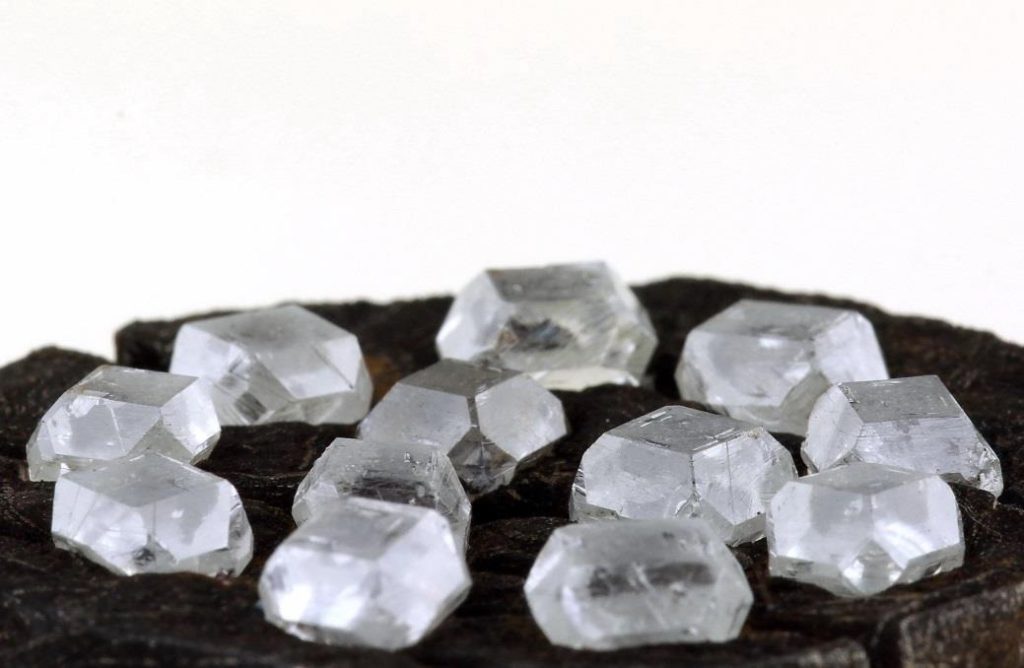
One of the strongest selling points for lab-grown diamonds is their sustainability. Unlike mined diamonds, which require extensive land excavation and energy consumption, lab-grown diamonds offer a more environmentally friendly alternative. Many consumers, particularly younger generations, are increasingly drawn to the ethical benefits of lab-grown diamonds, as they avoid the environmental and human rights concerns associated with traditional diamond mining.
In response, major diamond producers have begun investing in sustainability initiatives to differentiate their products, but the perception of lab-grown diamonds as the more responsible choice continues to gain traction. Companies that focus on transparency, renewable energy, and carbon-neutral production methods are likely to see significant growth in this space.
Market Challenges and Consumer Perceptions
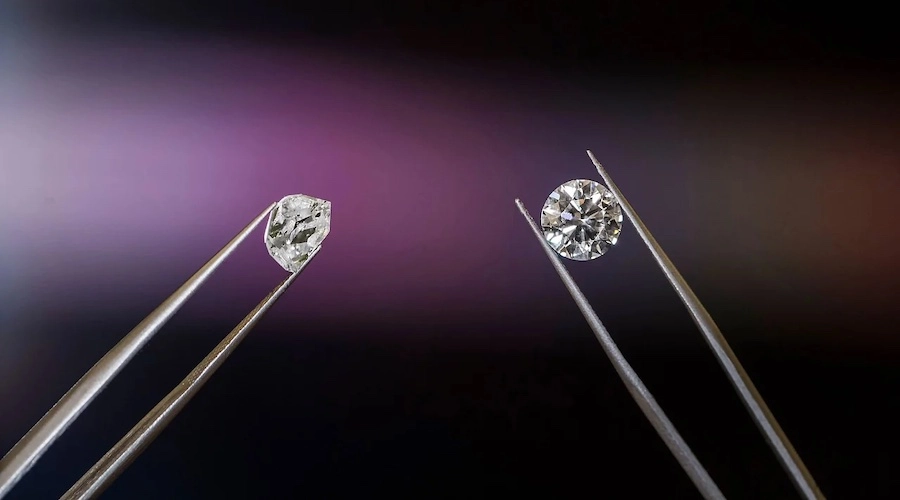
Despite their advantages, lab-grown diamonds face challenges that could impact their long-term viability. One of the primary concerns is price depreciation. Unlike natural diamonds, which historically retain value over time, lab-grown diamonds are subject to rapid price declines due to the scalability of production. This could impact their investment appeal and influence consumer purchasing decisions.
Another challenge is brand positioning. While some consumers fully embrace lab-grown diamonds as a legitimate alternative, others still view them as an inferior substitute to natural diamonds. The luxury market thrives on exclusivity, and natural diamonds continue to carry a certain prestige that lab-grown stones may struggle to match.
Industry Response and Future Outlook
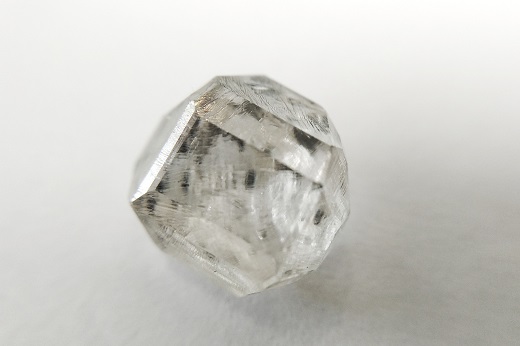
Recognizing the shifting landscape, traditional diamond companies have taken various approaches to the rise of lab-grown diamonds. Some, like De Beers, have launched their own lab-grown diamond lines at competitive prices, while others focus on marketing the rarity and uniqueness of natural diamonds. As the industry adapts, we may see a clearer segmentation between high-end natural diamonds and more accessible, everyday lab-grown options.
Looking ahead, technological advancements will continue to shape the future of lab-grown diamonds. Improvements in production efficiency, clarity, and customization could further increase consumer demand. Additionally, the growing acceptance of lab-grown diamonds in sectors beyond jewelry—such as electronics, quantum computing, and industrial applications—will expand their market potential.
The future of lab-grown diamonds is bright, with continued growth expected in both the jewelry and industrial sectors. While challenges remain, the ethical appeal, affordability, and technological advancements in lab-grown diamonds position them as a formidable force in the market. As consumer preferences evolve, the diamond industry will need to adapt, ensuring that both natural and lab-grown diamonds coexist in a dynamic and competitive landscape.
Source: DCLA



